The Ellen 12 daysailer is a people magnet. At the ramps, people seem to come out of nowhere wanting to talk about it; in traffic they drive alongside and give a thumbs-up. Even out on the water, other boaters a quarter mile away will sail over just to take a closer look.It is easy to see why. Designed by John Brooks in 1996, the Ellen sports classic lapstrake lines, a shapely transom, and a traditional spritsail rig. But the boat’s beauty is more than skin deep: it is a tidy performer that provides a confidence-inspiring, easily managed platform for joyful daysailing.The Ellen is an attractive delight and seemingly the perfect small boat in many ways. Many amateur builders would jump right in if it weren’t for that one obstacle: lapstrake construction. It simply looks difficult, the kind of thing that separates the boatbuilder from the weekend carpenter. How does one gain the confidence to try it, particularly if one is learning the technique from a magazine article or book?
Join The Conversation
We welcome your comments about this article. If you’d like to include a photo or a video with your comment, please email the file or link.

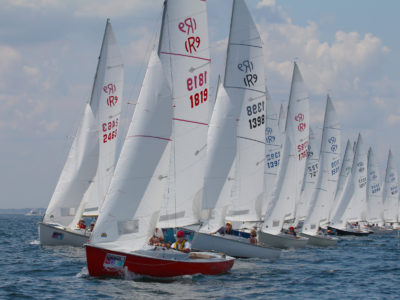
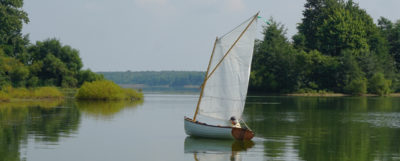
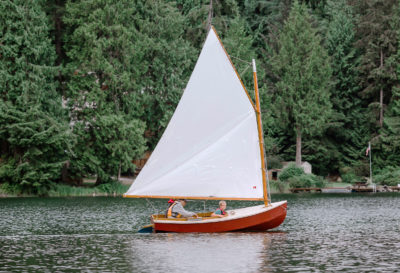
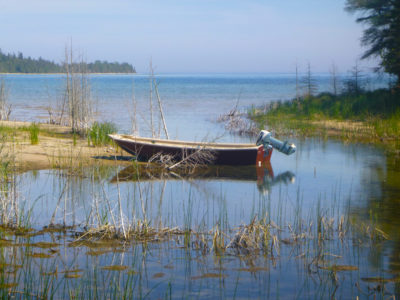
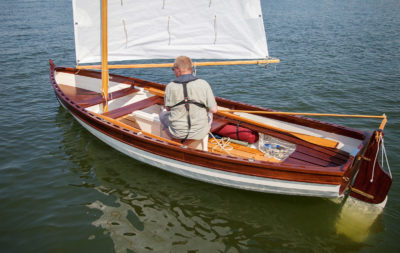
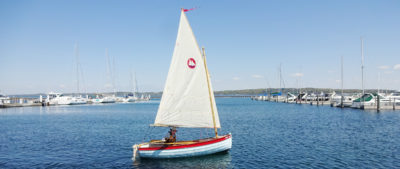
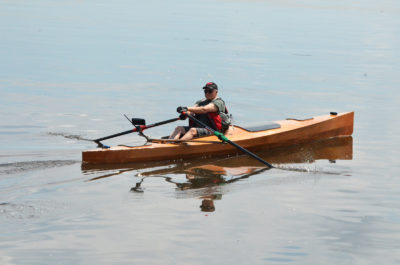
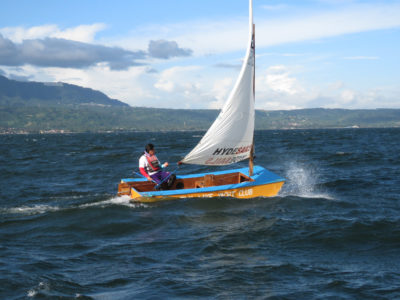
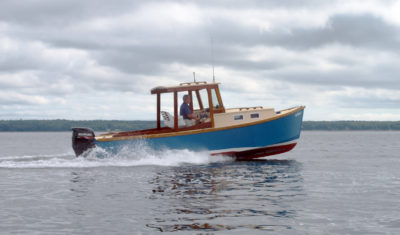
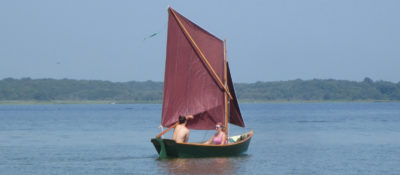
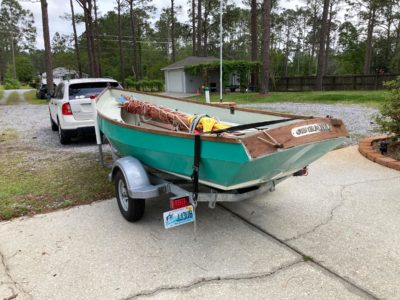
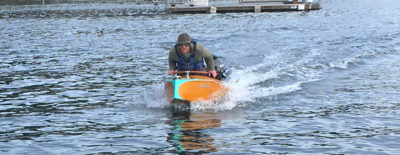
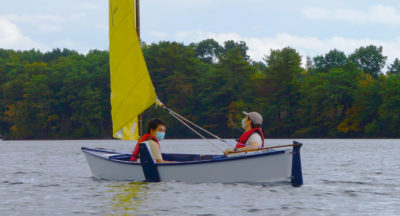
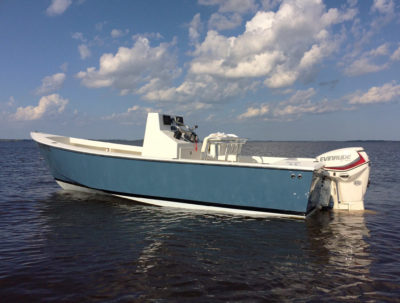
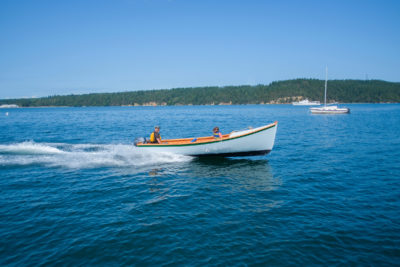
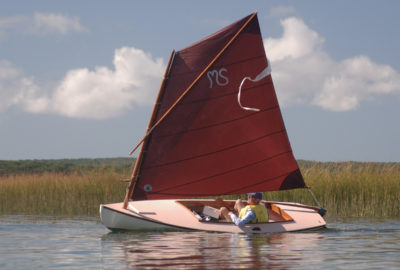
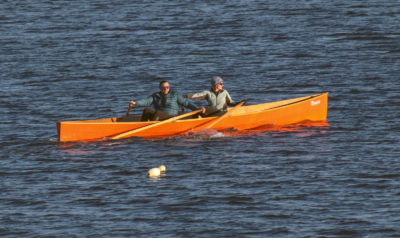
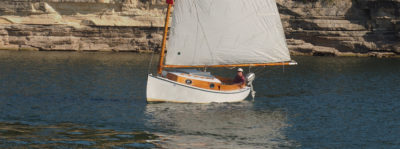
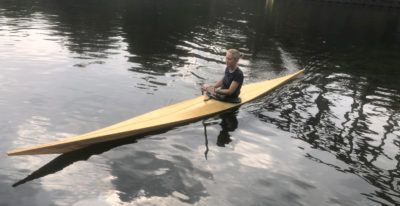
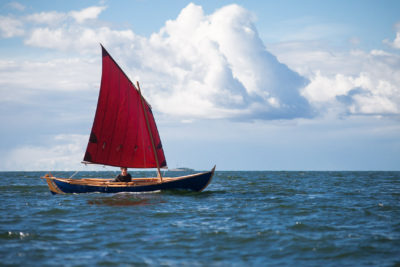
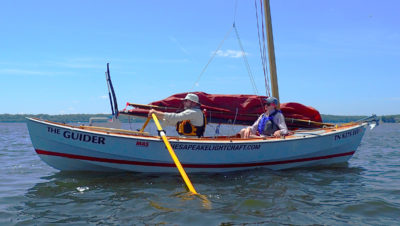
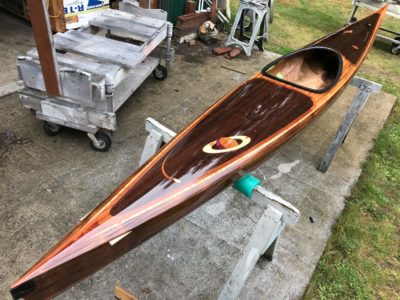
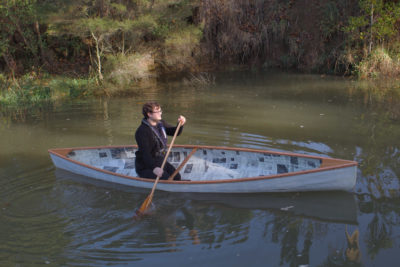
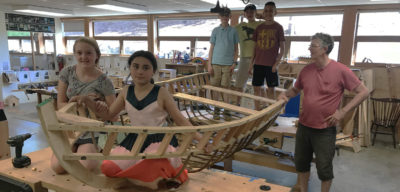
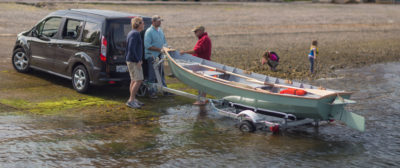
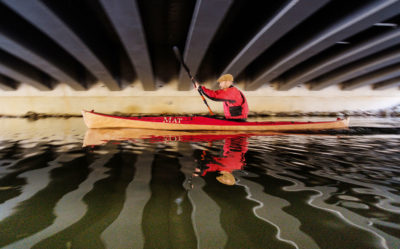
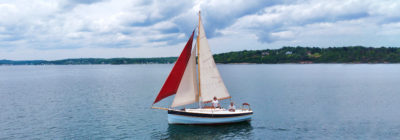
Ellen 12 is truly a truely beautiful lapstrake daysailer. Awesome job, Ed!
John,
Did you make your soft boat fenders? If so, what rope did you buy to make your fenders? I’ve found instructions on how to make my own but I have not found definite advice on what roping to buy and where to buy it.
Paul Davoux
Hi John,
I bought the fender from The Knotted Line in Redmond, WA. They can make just about anything you need. They advertise in the classified-ad section of WoodenBoat. I’ve been happy with it and their service.
For the fender, traditionally, it would be manila, which is available through RW Rope in New Bedford, or cotton, which they also have. For longevity, you might consider their Hempex alternative. Or just give them a call—they know their rope!
I’d love to see this boat with a Duckworks Portage Pram Sail – albeit a bit small (until they offer larger fathead sail sizes). A simple high-performance sail rig would be smart on this beautiful hull – but I know it doesn’t follow form…